Paying Homage to the Pioneers, PorchDrinking.com Explores the OGs of Craft Beer
We at PorchDrinking.com thoroughly enjoy covering craft beer trends and showcasing the newest beers. But, before terms like Brut, Milkshake, New England and even BBA entered the brewing-industry lexicon, beer fans were thrilled to taste Ambers, Pale Ales and some mysterious beer that may or may not have arrived from India. So, for one month, we are going to take time to remember some of those OGs of Craft Beer — the brews that made it all possible.
An OG beer showcase will publish each day for the next several weeks. It would be a daunting task to cover them all (we are discussing less than one-half of the beers on our list), but our writers selected beers near and dear to their heart, ones that were often gateway beers that lead to our love of craft. We hope you enjoy our homage to the abridged list of classics.
The OGs of Craft Beer
This list is updated daily. Check out each showcase below to discover the stories behind each of these important brews.
-
Edmund Fitzgerald | Great Lakes Brewing Co.
-
Spotted Cow | New Glarus Brewing
-
60 Minute IPA | Dogfish Head Craft Brewery
-
Pliny the Elder | Russian River
-
Dead Guy Ale | Rogue Ale & Spirits
-
Fat Tire | New Belgium
-
Anchor Steam | Anchor Brewing
-
Amber Ale | Saint Arnold Brewing Co.
-
Yeti | Great Divide Brewing Co.
-
Hefeweizen | Widmer Brothers
-
Furious IPA | Surly Brewing
-
Pale Ale | Sierra Nevada
-
#9 | Magic Hat
-
Prima Pils | Victory Brewing Co.
-
Racer 5 | Bear Republic Brewing Co.
-
Amber | Alaskan Brewing Co.
-
Oberon Ale | Bell’s Brewery
-
Dale’s Pale Ale | Oskar Blues
-
White | Allagash Brewing Co.
-
Zombie Dust | 3 Floyds Brewing Co.
Stay tuned for more…
If you don’t know the modern craft beer story, here’s a brief historical overview.
Most trends in history are cyclical, and the public’s fascination with American craft beer is no different. Believe it or not, more than 4,000 breweries existed in the 1870s, but consolidation, and eventually Prohibition lead to a sharp decline, cutting that number to only a handful of breweries over the next decade. Though some breweries were able to survive Prohibition shifting production to root beer and sodas, the number of breweries in America would not eclipse 1000 for several decades.
By 1983, the count fell to 51 brewing conglomerates operated 80 breweries and one year later, in 1984, the number dwindled even further to a paltry 44 brewing concerns (operating a mere 83 breweries). Anheuser-Busch, Miller, Heilmann, Stroh, Coors and Pabst controlled 92% of the market.
So what did beer drinkers do? Well, for one, they turned to imports.
In fact, even before the 1980s, imported beers grew by 300%, compared to a 35% increase in domestic sales during the period of 1970 – 78.
Meanwhile, even as the American brewing scene was bottoming out, the winds of change were upon us. For instance, Fritz Maytag purchased Anchor Brewing Company in 1965 and, in 1976, The New Albion Brewery was founded in Sonoma, California.
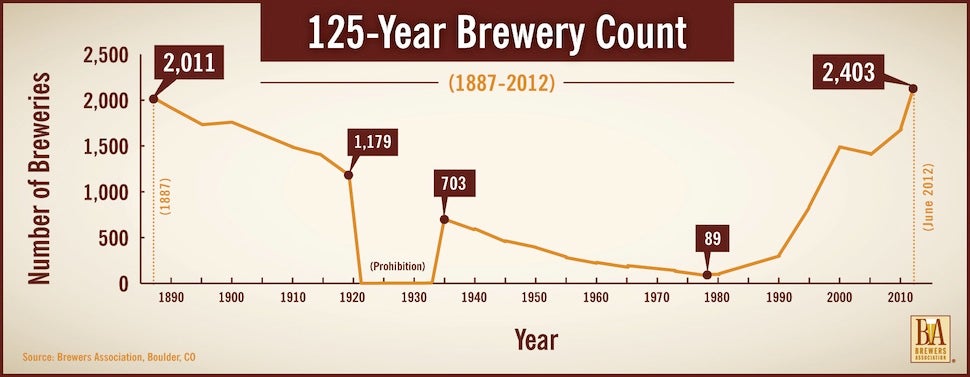
The desire for better beer also pushed Congress in 1978 to pass a law that allowed for brewing at home. Congress followed that in 1982 by removing two laws inspired by the Anti-Saloon league during Prohibition that prevented one from selling beer on its premises or simultaneously serving food — the brewpub was back.
And so was craft beer.
By 1994, only 10 years after the U.S. hit its all-time low of 83 breweries, California alone boasted of 84 breweries. And of course, in 2018, we have more than 6,500 breweries and an even greater wealth of craft beer bars, bottle shops, homebrew stores, beer festivals, etc.
But let us never forget where it all started.
So, while we can’t cover all the OGs of Craft Beer, we want to take this time in August to pay homage to several of them. If your favorite “classic” isn’t on the list; don’t fret. Let us know what you loved back in the day (or still do), and bring attention in the comments section below or via our social media channels.
Cheers from PorchDrinking.com
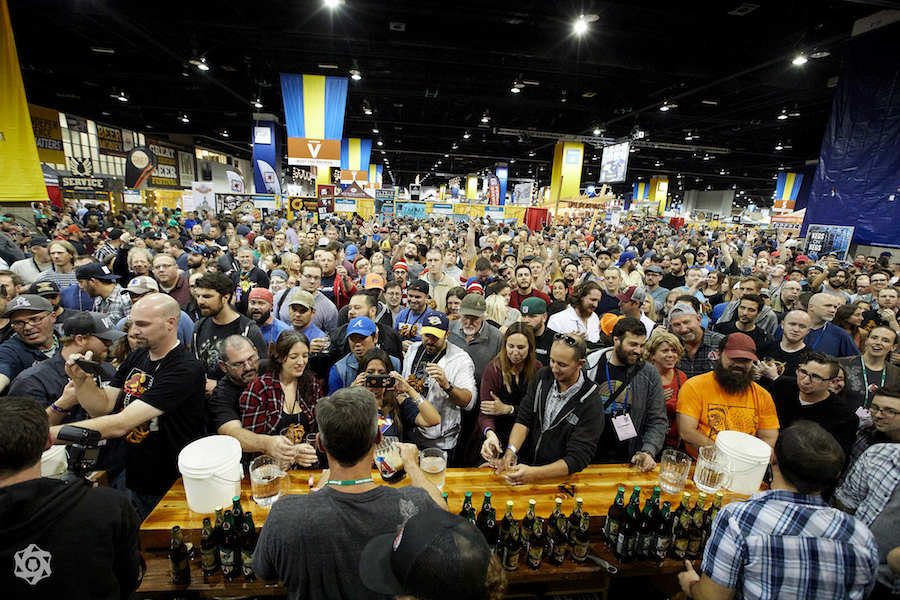
-
Two nominees:
• Harpoon. I live in the Bay Area, but back in the 80s and 90s I’d make a couple of business trips year to Boston. One of the first things I’d do is find a package store and buy some Harpoon products to replace the beers in my room minibar. They were a welcome sight.
• Pete’s Wicked Ale. A contract brew, but one of the easiest-to-find alternatives to macro brews in the mid 80s. Dunno how it holds up–I haven’t had one in many years–but they count as a pioneer.
-
I don’t know what their history is or if they were ever a small brewery, but for my generation (26 years old), I think it’s easy to forget how important Blue Moon was for many people’s entry into craft beer. When I went to college, that (or Magic Hat, but probably just because I’m from New England) tended to be the first non-macro macro beer everybody tried and which showed people beer could taste good.
-
Red Tail Ale
Red Nectar -
Summit Brewing Extra Pale Ale (St. Paul, MN) has gotta be on the list. This beer was probably my first “legal” beer back in 1991. Thanks to the great owners of The Harbor View Cafe for introducing me to what good beer tastes like “back in the day”.
-
I’d like to give a shout-out to Stoudt’s Brewring. Started in 1987 in Lancaster Cty. PA by a woman!!!
-
Love their Helles
-
-
Non-macro I remember drinking & loving in the early 90s:
Blackened Voodoo
Pete’s Wicked
Sam Adams
Pyramid Apricot Ale
Leinenkugel’s
Dragon Stout (Jamaica)
Big Shoulders Porter-
Not sure how I forgot Anchor Steam and Bell’s Amber. I’m sure I’ll remember more…
-
-
Brooklyn Lager
-
I would add Saranac to the list
-
Stoudts Brewing Co Adamstown, PA 1987. I true Gateway for many many people. Keep supporting old guard legacy breweries if it wasn’t for them where would we be?
-
Lagunitas IPA feels it may belong here. Tony Magee (and his crystal ball )ushering-in a movement. Same recipe since 1995, when NO-ONE was leading with their IPA. True.
-
I’m surprised and disappointed to see that Celis White Beer is not mentioned (along with the other Celis beers). If it weren’t for Pierre Celis introducing this beer to the United States, there may have never been a Blue Moon or a Shocktop. His influence on the growing microbrewing industry in the early ’90’s is unquestioned.


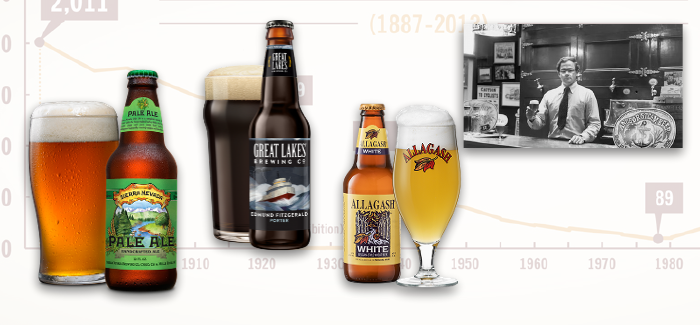

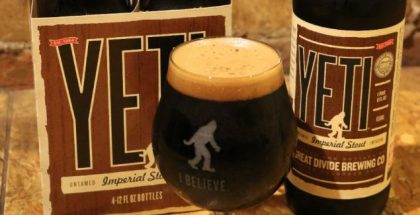
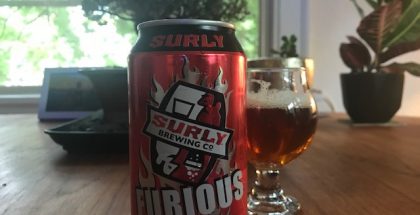
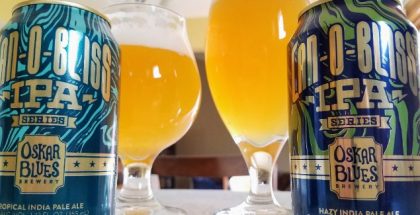
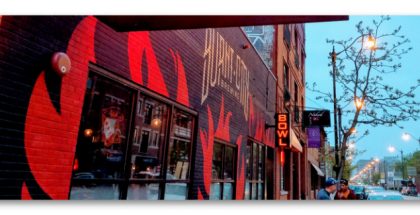
Comments